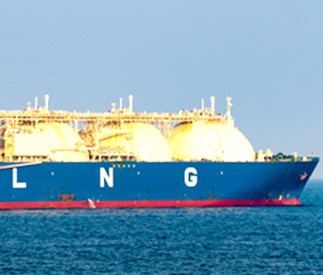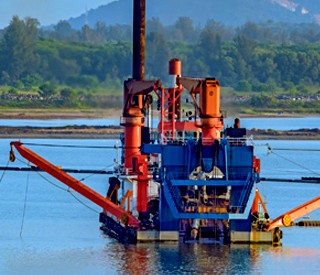The maritime industry is extremely dynamic and survives in midst of changing business needs, regulatory frameworks and safety and environmental laws to name a few. In this challenging environment opportunities emerge and those who react to them with short response time and arrive early are able to make best of the situation.
One such emerging opportunity is demand for carriage of containers on Bulk Carrier and huge interest has been generated in this area. Reacting to these requirements the authorities are stepping in and issuing guidelines to ensure safety of the ship, cargo and personnel onboard.
In such situation, the owners should look at design solutions to carrying containers in Bulk carriers with minimum changes to existing structure while meeting the guidelines set by different classification societies making it economical and feasible for vessels to fit in to new role within short time period.
.png)
The approach to carrying containers on bulk carrier should be done in phases. First a feasibility study shall be conducted which shall determine the main changes required to make the vessel ready for container carriage and then detailed engineering shall be carried out. Detail of both the phases is as follows:
Preliminary Feasibility Study:This study focusses on spatial feasibility of carrying maximum number of containers on a bulk carrier while meeting basic strength, stability and statutory criteria. This allows the Ship Owner to evaluate container carrying capacity of the vessel and enables them to decide whether making modifications to vessel for carrying containers is an economically viable option.
Detailed Engineering:In the case of detailed engineering focus is on getting on actual engineering design to make the vessel suitable to carry containers. The engineering done at this stage aims at meeting the class requirements including structural, stability statutory, visibility, firefighting , notation guidelines. The drawings are subjected to class approval in this stage.
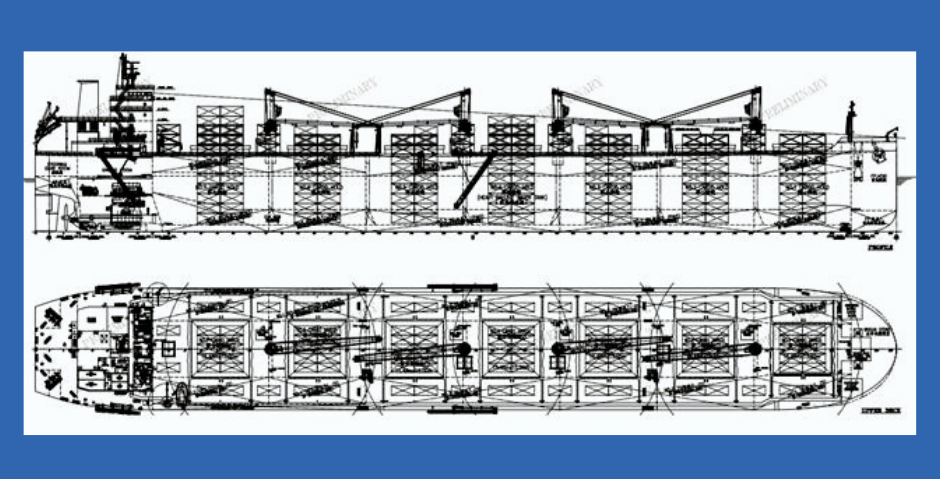
Although the idea of carriage of containers in a bulk carrier looks daunting but if the design is done properly it can be executed with minimum modifications. A good understanding of class rules and guidance is very important to achieve this.
We at Vedam have executed many such projects and would be happy to step in wherever any help or support is required.

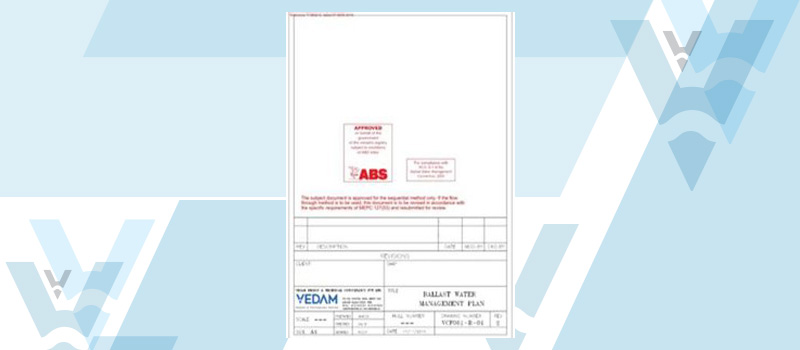
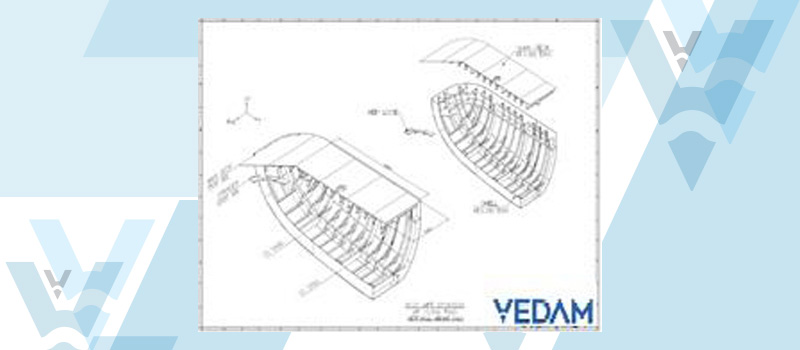

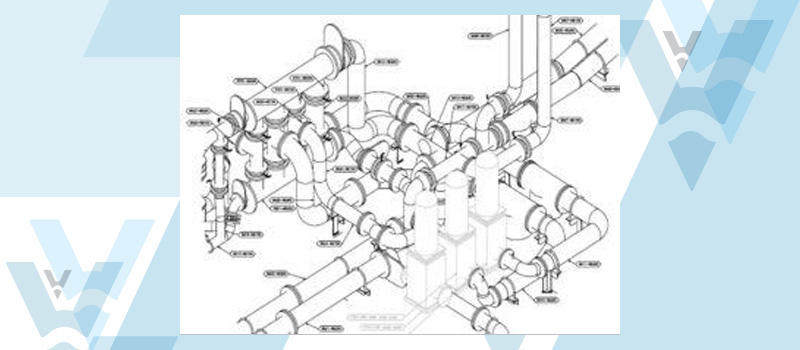
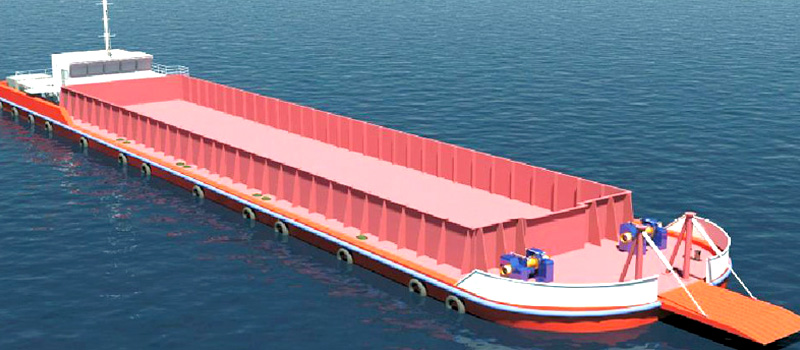
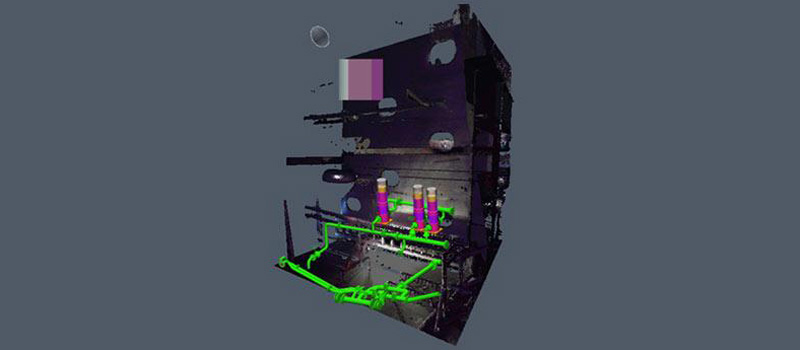
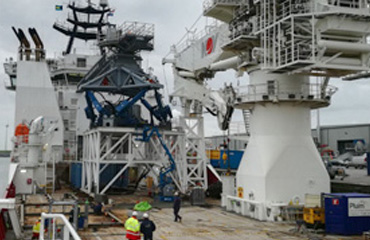
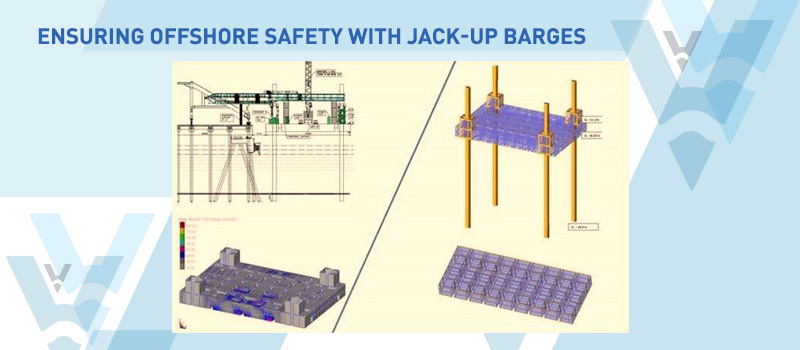
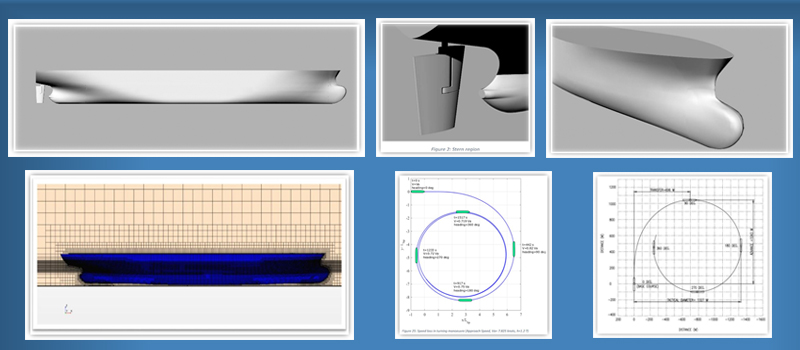
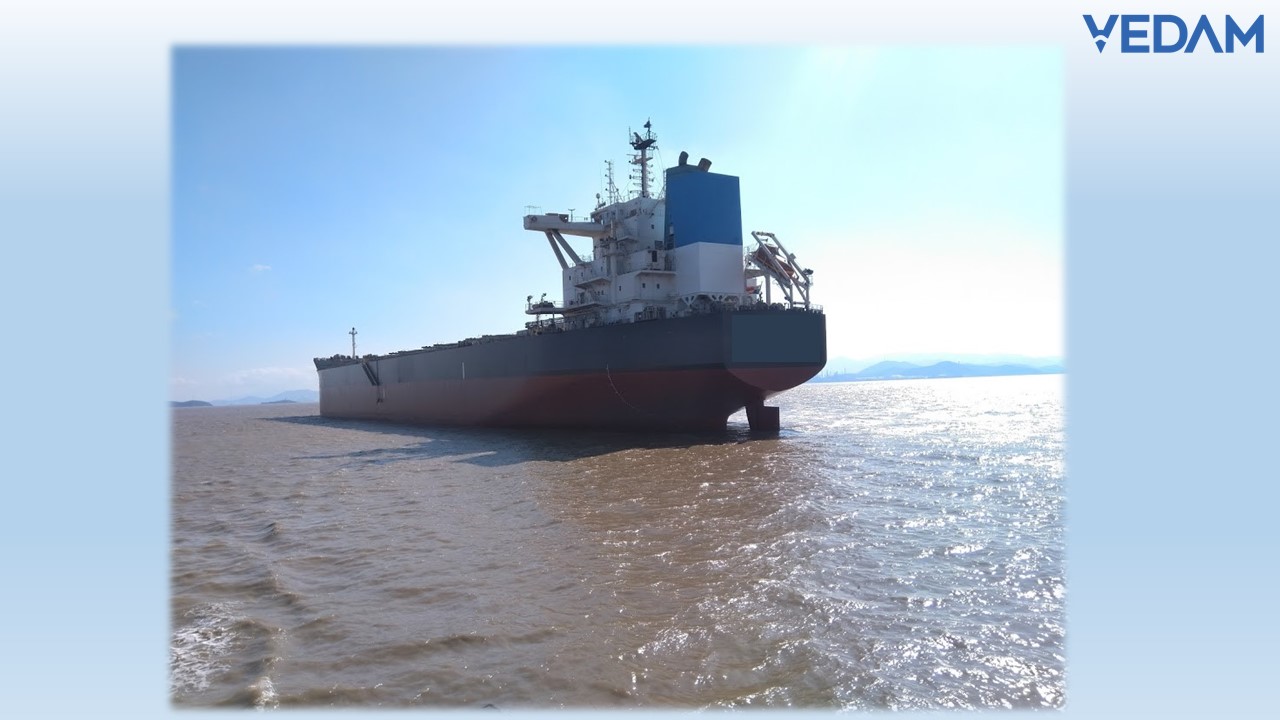
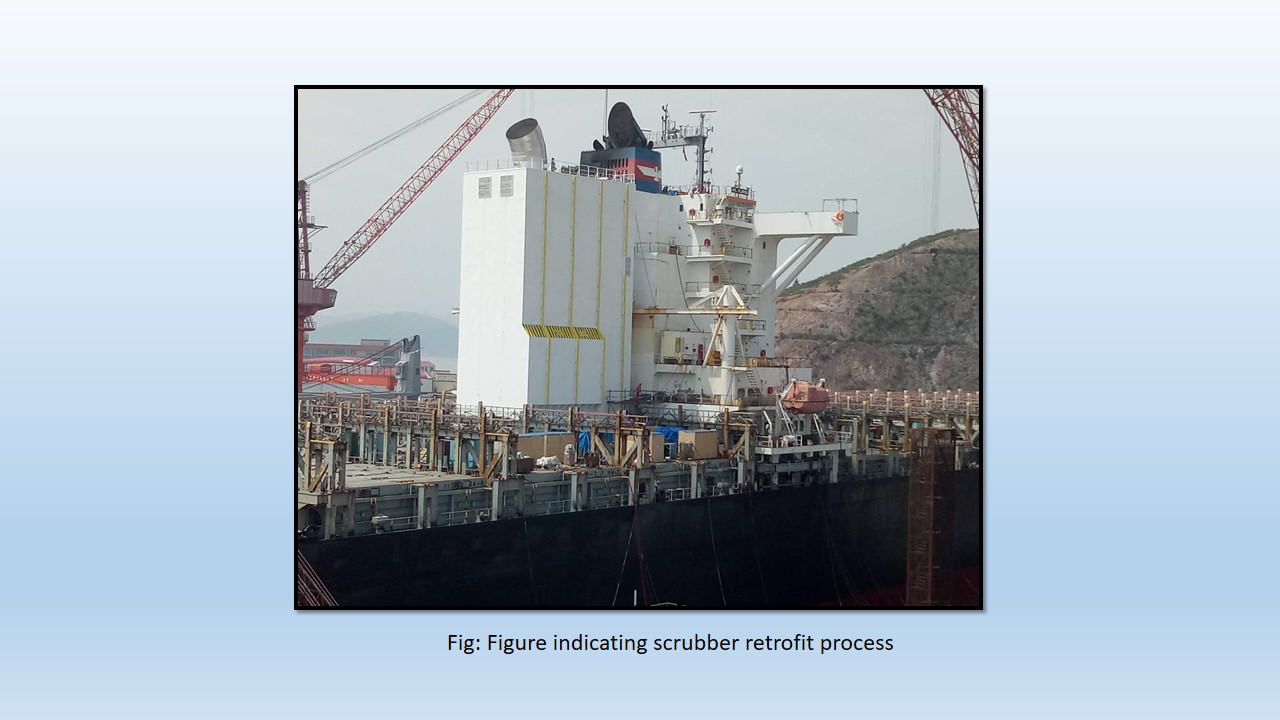

.png)
.png)
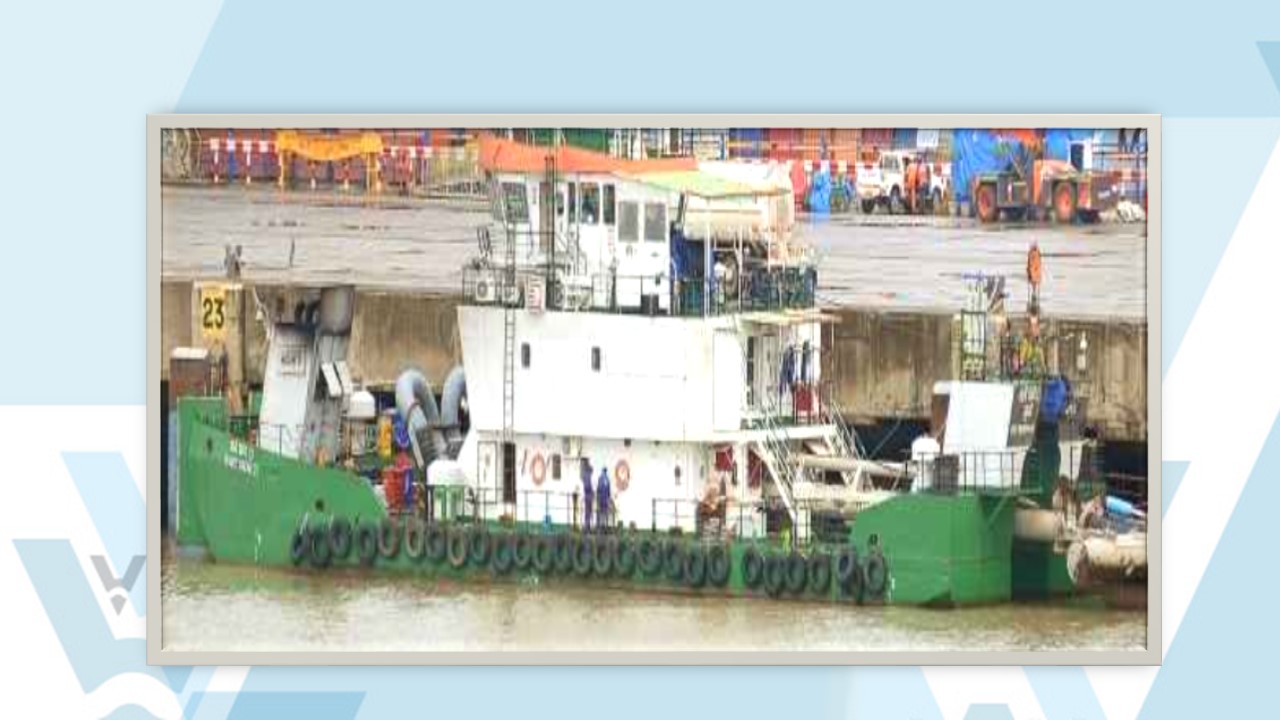
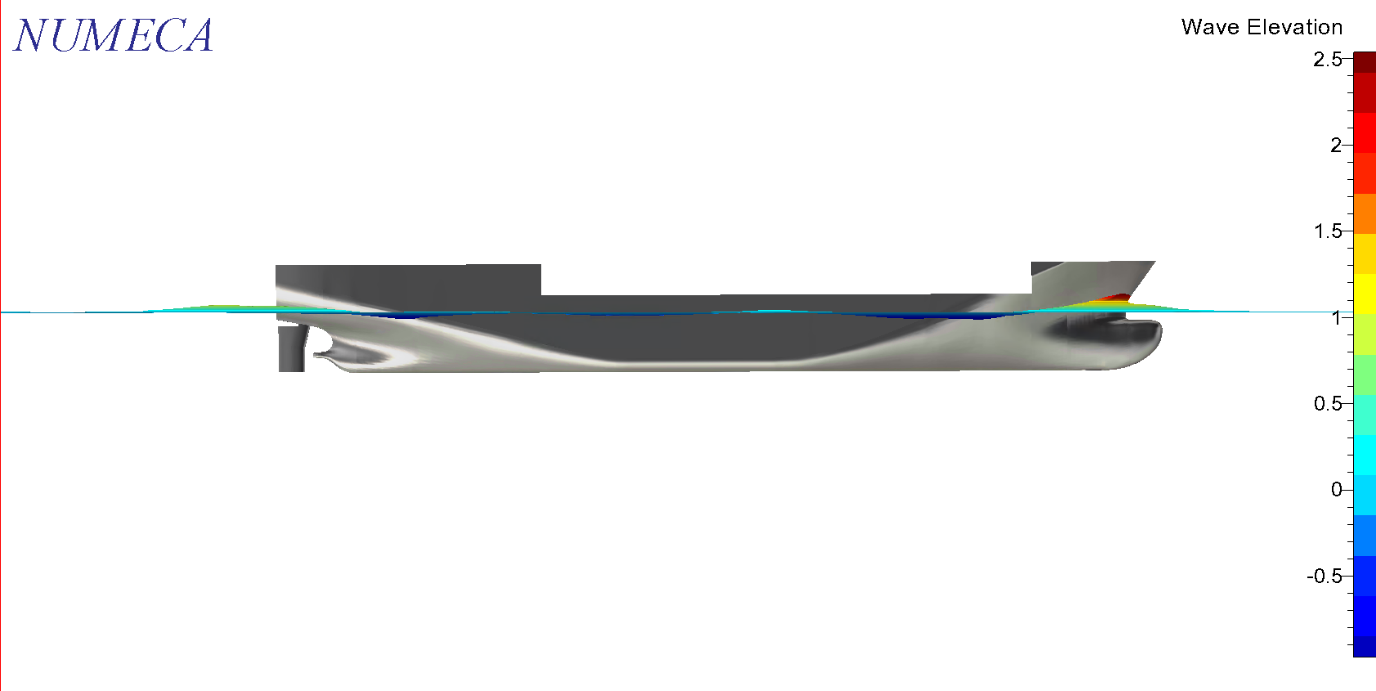





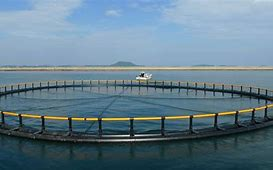
.png)
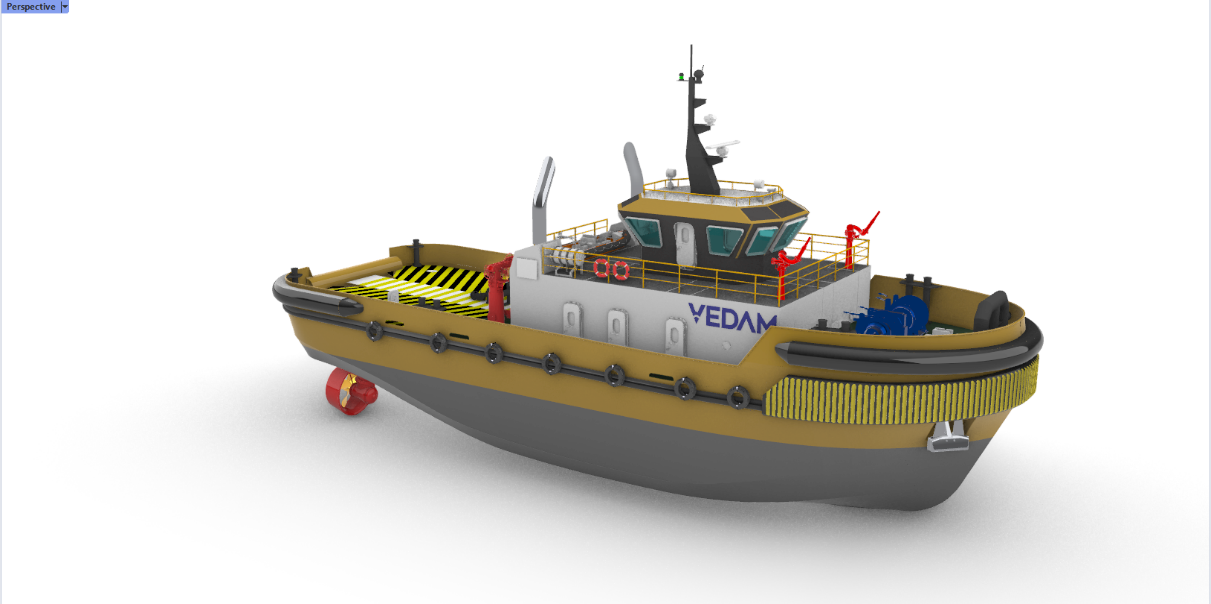
.png)
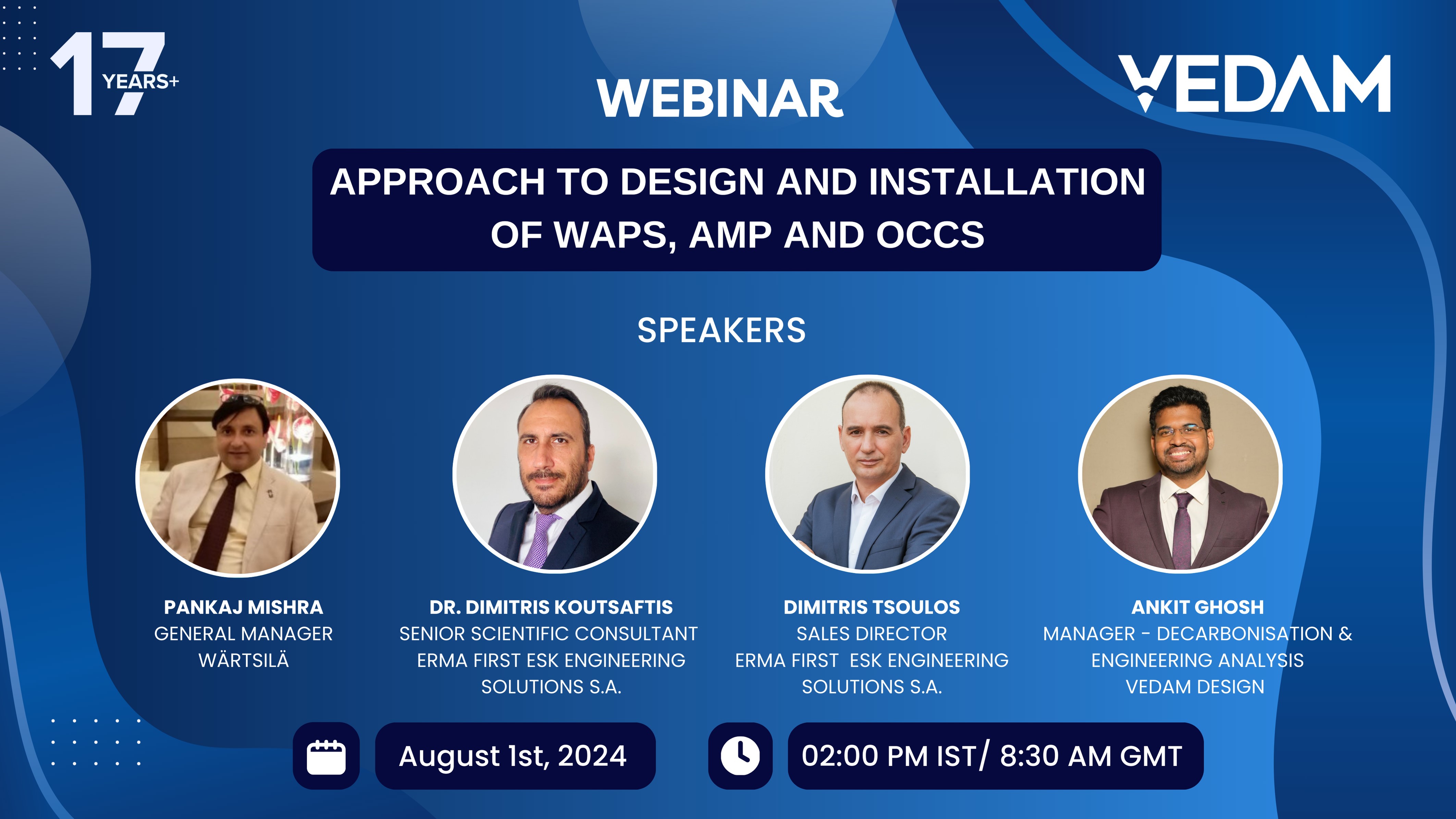
.jpg)

.jpg)

